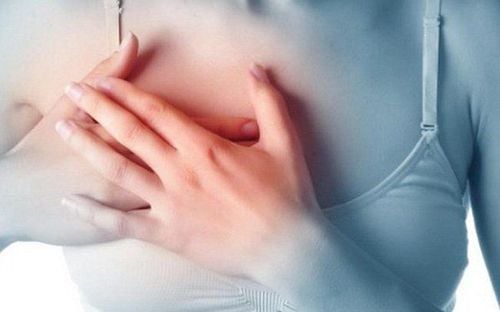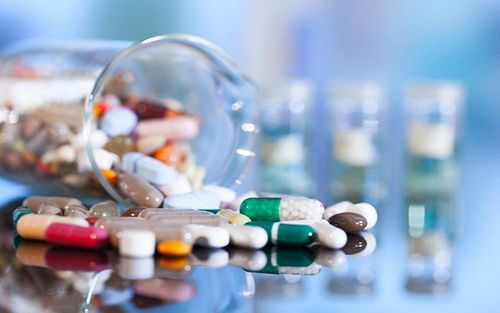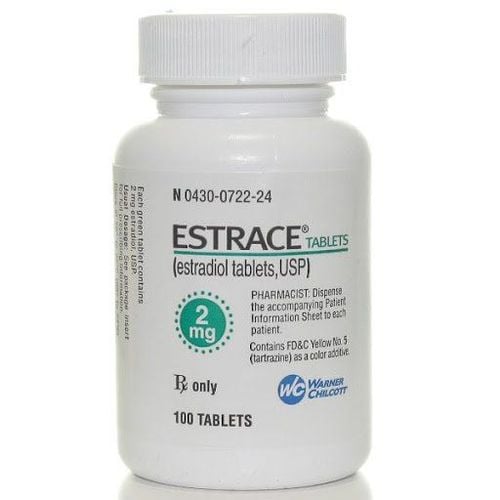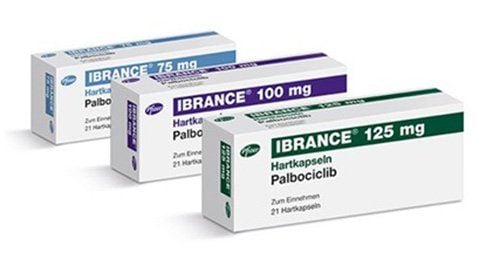This is an automatically translated article.
The article is expertly consulted by Dr. Nong Ngoc Son - Chemotherapy and palliative treatment - Oncology Center - Vinmec Central Park International General Hospital.Breast cancer is one of the leading causes of death in women. However, women can fully detect and treat the disease in time with mammography and breast cancer screening tests.
1. What is a pathological screening test?
These are specialized tests used to determine the likelihood of one or a few conditions. Pathological screening tests mean disease prevention and help patients get treatment earlier, with a higher chance of recovery.2. Why should breast cancer screening be performed?
In the United States, one in eight women will develop breast cancer by the age of 75. Meanwhile, by performing routine breast cancer screening, women can find cancer at an early stage and have a better chance of a cure. success value will be higher. Breast screening also helps detect other conditions that are not cancer.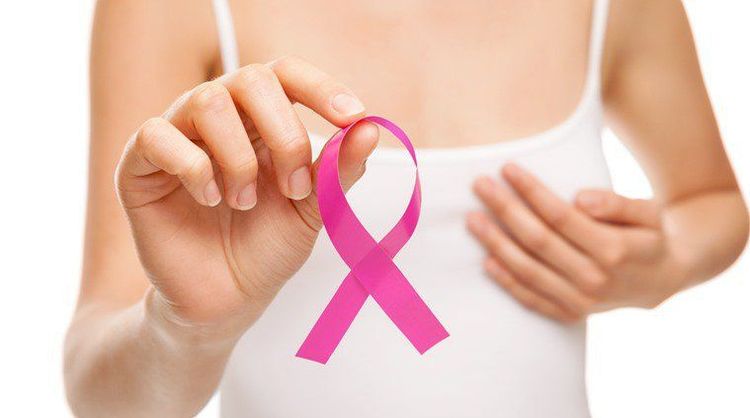
3. What is a mammogram?
Mammography (or mammography) is a medical technique that uses X-rays to screen for breast cancer and other problems. The image obtained after the procedure is called a mammogram (an x-ray image of a tumor in the breast).4. Notes before mammography
Before the procedure, the doctor often advises you not to apply powder, powder, use lotions and deodorants. Because most of these products contain substances that can show up on X-ray images. They interfere with mammography results and are difficult for doctors to make accurate conclusions.5. How is mammography done?
To have a mammogram, you'll need to replace your entire upper body with a prepared gown. Essentially, a mammogram is similar to an X-ray:You stand in front of an X-ray machine and place part of your chest on a flat surface. Next, the radiologist will use a small X-ray marker tape to stick it on the part of the breast where a tumor is suspected. Then, a flat sheet of plastic is placed over the rest of the chest. The plastic sheet will squeeze the chest as tightly as possible to capture as much tissue as possible. You will feel your breasts squeezing hard and a little uncomfortable. The above steps will be repeated, turning both breasts to get a complete picture.
6. Is mammography painful?
Sometimes, the pressure from the flat sheets of plastic against your chest causes pain. However, this discomfort is usually transient. If you are having a sensitive period, you can reschedule the test after your period has passed.7. How are mammography results evaluated?
Radiologists use a system called BI-RADS to grade mammogram results on a score of 0 to 5 as follows:0 - Information is not conclusive. 1 - Nothing out of the ordinary. You should continue to check periodically. 2 - Detects a benign cyst (which is a tumor but not a cancer). You should continue to check periodically. 3 - Detected abnormality but not necessarily cancer. A mammogram should be performed within the next 6 months. 4 - Detecting risk factors for cancer. Your doctor may perform a biopsy to confirm. 5 - Detecting a high risk of cancer occurring. You need a biopsy to confirm.
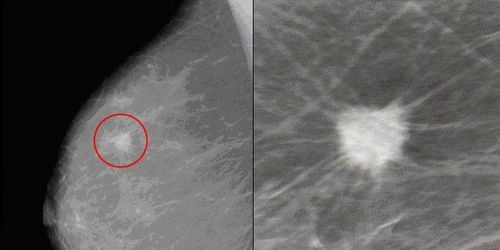
8. What is the average risk of breast cancer?
When a woman is found to have certain risk factors for breast cancer, it is a high-risk case for the disease. These risk factors include:Family history of breast cancer, ovarian cancer, or other inherited cancers BRCA1 and BRCA2 gene mutations Treatment of chest conditions with radiation therapy when younger Have had a breast biopsy showing high risk. Women without the above risk factors are considered at average risk of developing breast cancer.
9. When should mammograms start?
For women at average risk, breast cancer screening mammograms should be started every 1 to 2 years starting at age 40 and no later than age 50. Screening should be done periodically until at least 75 years of age.10. Are mammogram results accurate?
Like other pathological screening tests, mammography screening for breast cancer is sometimes misleading. A mammogram may not detect any signs, even if you have the disease (called a false negative). False negative results will lead to a delay in treatment progress.In contrast, mammograms sometimes show an abnormality that is thought to be cancerous, but when further diagnostic tests are performed, the results show that you do not have cancer (false positive). These phenomena are completely normal, but they are very rare. In fact, medical tests in general will not be immune to such errors.
11. How is a clinical breast exam performed?
Your doctor will usually examine and screen for problems with your breasts during routine checkups. This is called a clinical breast exam. The examination can be done in a lying or sitting position. The doctor will examine the breasts for indicators such as: size, shape, wrinkles, dimples or redness of the skin. From there, the doctor can make some sense of the risk of breast cancer.12. How often should a clinical breast exam be performed?
For women at average risk for breast cancer and no symptoms, it can be performed at the following frequency:Every 1-3 years between the ages of 25-39. Performed annually from the age of 40 or older.
13. Why should women be self-aware about the condition of their breasts?
Women need to pay attention to keep in mind the normal state of their breasts, so that they can promptly detect changes that occur. Because the majority of breast cancers are discovered by the woman herself:Almost half of all breast cancers in women over 50 are self-discovered. More than 70% of breast cancers in women under 50 are found by themselves.
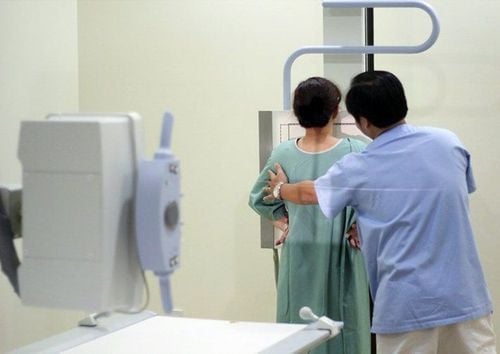
14. The most modern breast cancer screening device in the world
Invenia TM ABUS is the most modern breast cancer screening device in the world, now available at Vinmec Times City International Hospital (Hanoi) and Vinmec Central Park (HCMC). This is also the first machine in Vietnam capable of screening breast cancer with an accuracy of more than 90%.Meanwhile, current mammography methods in Vietnam have a detection rate of only 70%, especially for women with dense breast tissue, this number drops sharply to only about 42%.
Thus, the Invenia TM ABUS system with the support of 3D ultrasound technology is really a big step forward for breast cancer screening technology in Vietnam.
Please dial HOTLINE for more information or register for an appointment HERE. Download MyVinmec app to make appointments faster and to manage your bookings easily.
Reference source: Acog.org





